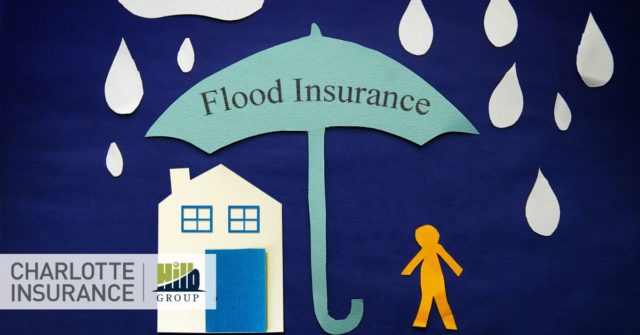Unless your home has been flooded before or you live in a coastal area, you more than likely haven’t considered getting a flood insurance policy on your home. However, you probably should look into it, just in case. After all, there are several things that you need to know about flood insurance, all of which we’re ready to cover here. Read on to learn more.
1) Your Standard Homeowner’s Insurance May Not Cover Flood Damage
There are a number of things that go into whether or not your homeowner’s insurance will cover flood damage. It all depends on the fine print on your policy documents, as well as if you live in a flood zone according to the FEMA maps. It’s always a good idea to check with your insurance agent to determine whether or not you need this extra coverage (hint: most people DO!).
2) You Could be Required to Have Flood Insurance
People living in certain areas, such as those in a high-risk flood zone, who have mortgages through the Veterans Administration and the Federal Housing Administration are required to have flood insurance. In addition, if you’ve had your house flooded during a storm and received funds from FEMA, you’ll need to have flood insurance as well. This is due to the fact that the government is protecting itself, as well as making you protect your belongings, just in case.
3) The Items in Your Finished Basement May Not Be Covered
In general, flood insurance is designed to help you rebuild or repair your home after it’s damaged by high water. This means that it may not cover anything in your home other than the walls, floors, and ceilings. Everything else in the structure, including the items in your finished basement, may not be covered. Thankfully, you can take out a special flood insurance policy that covers your belongings. Also, make sure to mention your finished basement to your insurance agent, just to ensure that those items are protected as well.
4) Some Facts Will Make Your Flood Insurance Cost a Bit More
Newer homes in flood-prone areas are built to stand up to the water more than older structures. Because of this, an older home, particularly one constructed of vintage materials, will cost more to insure against flooding. You can expect to pay more per year than you would if you had a home that was more recently built. In addition, if you live in a high-risk area, according to the FEMA maps, then your policy will cost more, simply due to the fact that your home is more likely to be damaged in a flood.
5) Don’t Forget About Climate Change
Yes, you do need to go off of the FEMA flood maps when it comes to finding out whether or not your home is in a flood-prone region. However, you also need to keep climate change in mind. Since the earth is heating up and the polar ice caps are melting, weather patterns have changed and additional areas further inland are likely to get flooded in the future.

